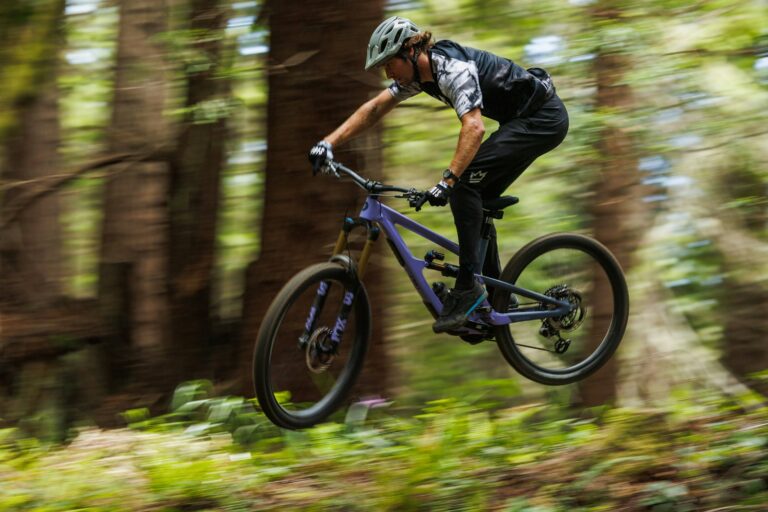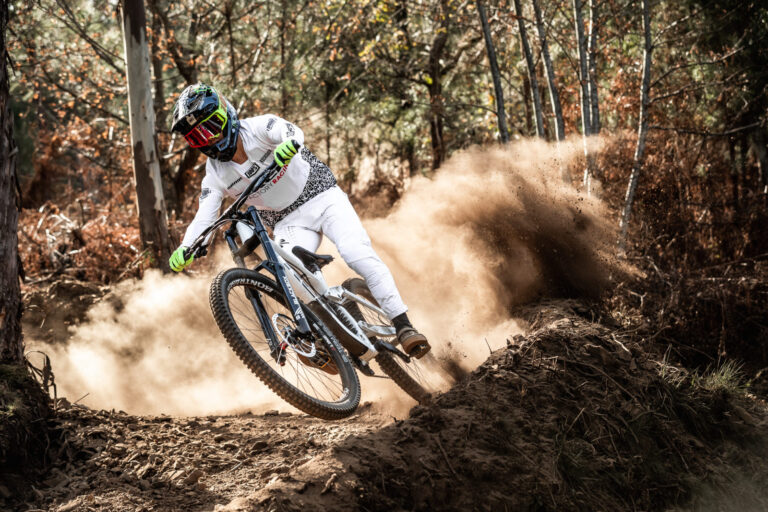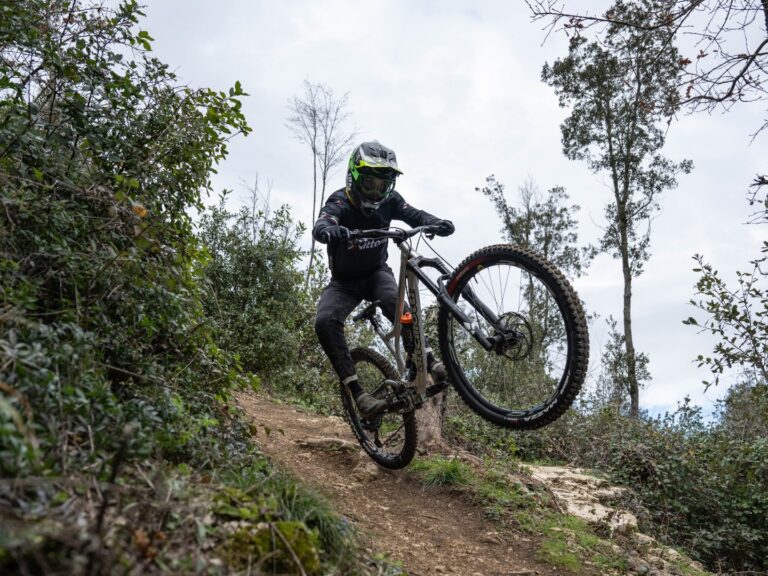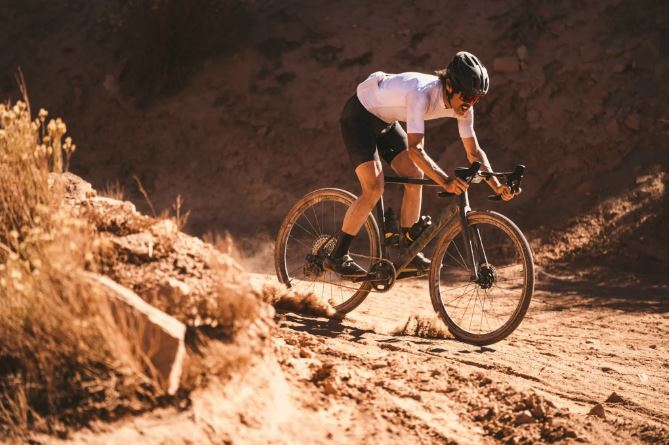Navigating the Path Less Traveled: Mastering Gravel Bike Tire Selection and Size
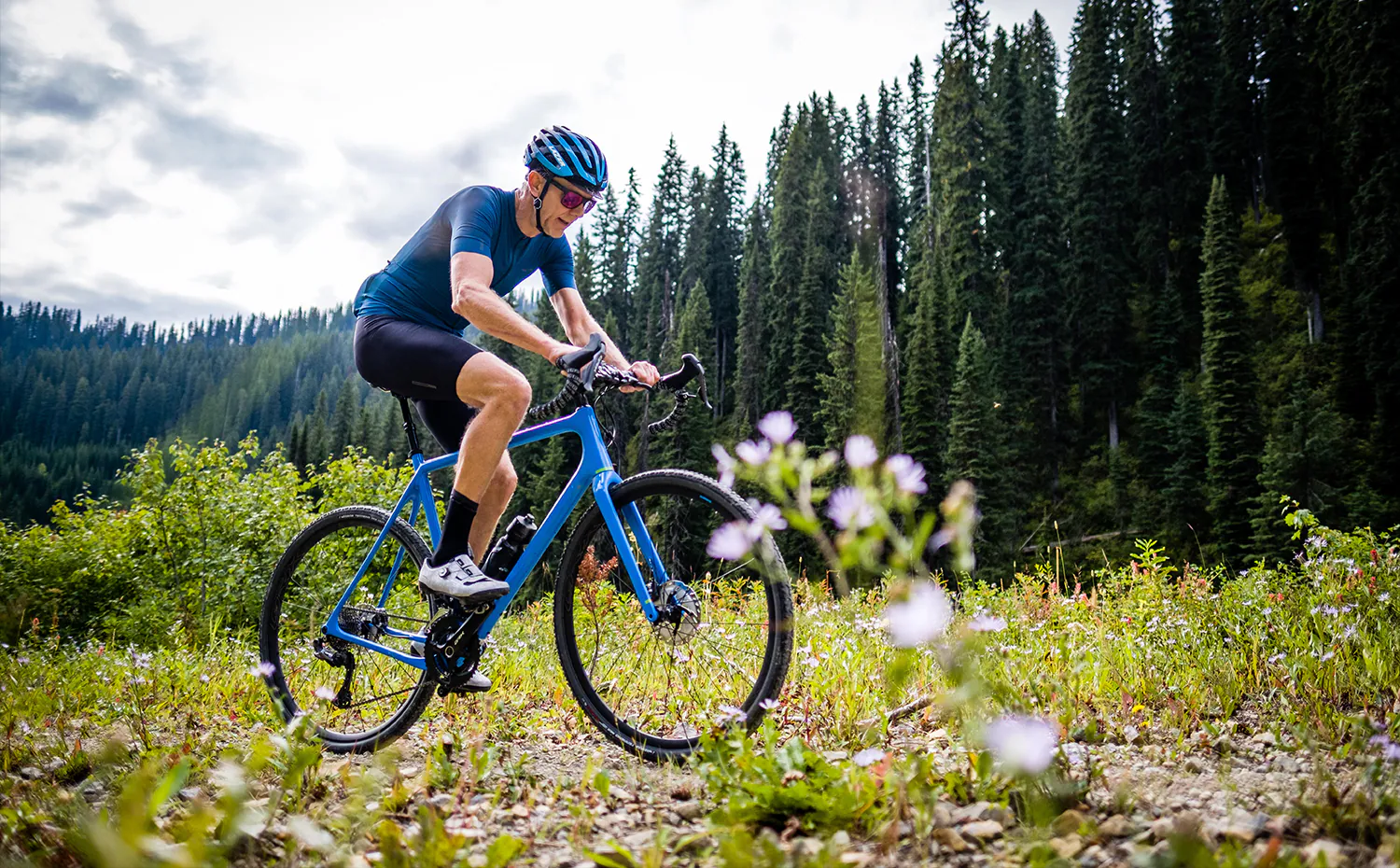
Key Point Summary of Gravel Bike Tire Selection and Size:
- Tire Size Matters: Wider tires offer better traction and comfort on uneven surfaces, but there’s a balance to be struck with rolling resistance.
- Tread Patterns for Every Terrain: The right tread pattern can greatly affect your bike’s handling and efficiency on different types of gravel and dirt.
- Pressure Plays a Role: Adjusting tire pressure according to weight, terrain, and tire size can optimize performance and comfort.
- Durability vs. Performance: Choosing between more durable, puncture-resistant tires and lighter, faster tires depends on your riding style and terrain.
In the world of cycling, gravel biking stands out as a thrilling blend of adventure, endurance, and exploration. It’s a discipline that demands versatility not just from the rider but also from their equipment, especially when it comes to tires. As a seasoned cyclist with years of experience across various disciplines, including mountain, gravel, and cyclocross, I’ve learned that choosing the right gravel bike tires is crucial for performance, comfort, and enjoyment. Here’s a guide to help beginner and mid-level cyclists make informed decisions about gravel bike tire selection and size.
Understanding Tire Size
The size of your gravel bike tires can significantly impact your ride. Wider tires, typically ranging from 35mm to 45mm, provide increased traction and stability, making them ideal for loose or rugged terrain. They also offer a more comfortable ride by absorbing more of the bumps and vibrations you’ll encounter on gravel paths. However, wider tires can also increase rolling resistance, which might slow you down on smoother, harder surfaces. Finding the right tire width is about balancing the need for comfort and traction against the desire for speed and efficiency.
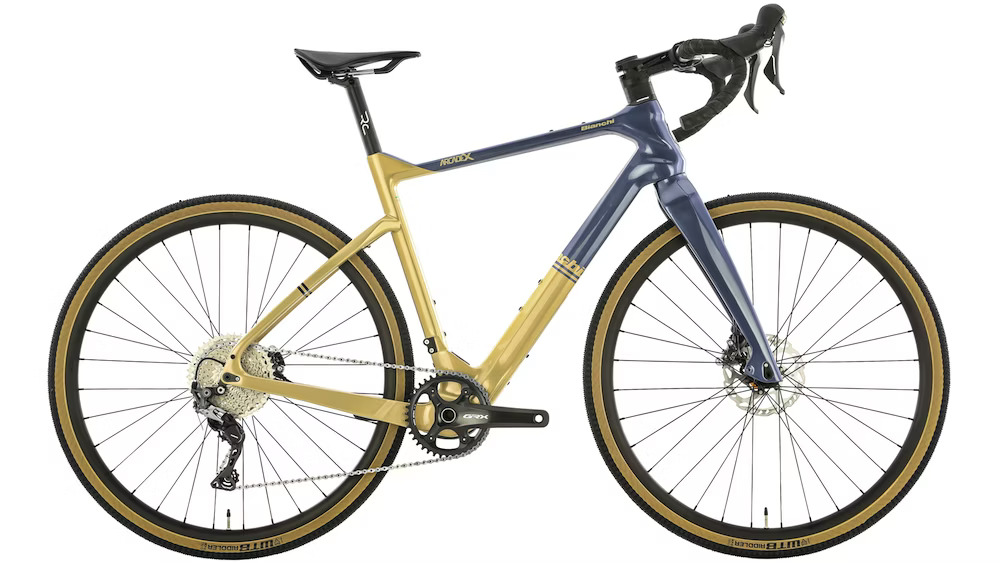
Deciphering Tread Patterns
Tread patterns play a crucial role in how a gravel bike performs on different surfaces. Generally, smoother treads with closely spaced knobs are better suited for hard-packed dirt and pavement, offering lower rolling resistance. On the other hand, tires with more aggressive, widely spaced knobs provide better grip and mud-shedding capabilities on loose or wet terrain. Some tires strike a balance, featuring a smoother center for rolling efficiency and more aggressive side knobs for cornering in loose conditions. The choice of tread pattern should reflect the types of terrain you most frequently encounter.
The Importance of Tire Pressure
Tire pressure can dramatically affect a gravel bike’s handling and comfort. Too high, and the ride becomes harsh and unforgiving; too low, and you risk pinch flats and reduced efficiency. The optimal pressure depends on several factors, including tire size, rider weight, and terrain. Larger, wider tires can generally be run at lower pressures, enhancing traction and comfort without sacrificing too much speed. Experimenting with different pressures on your local trails can help you find the sweet spot.
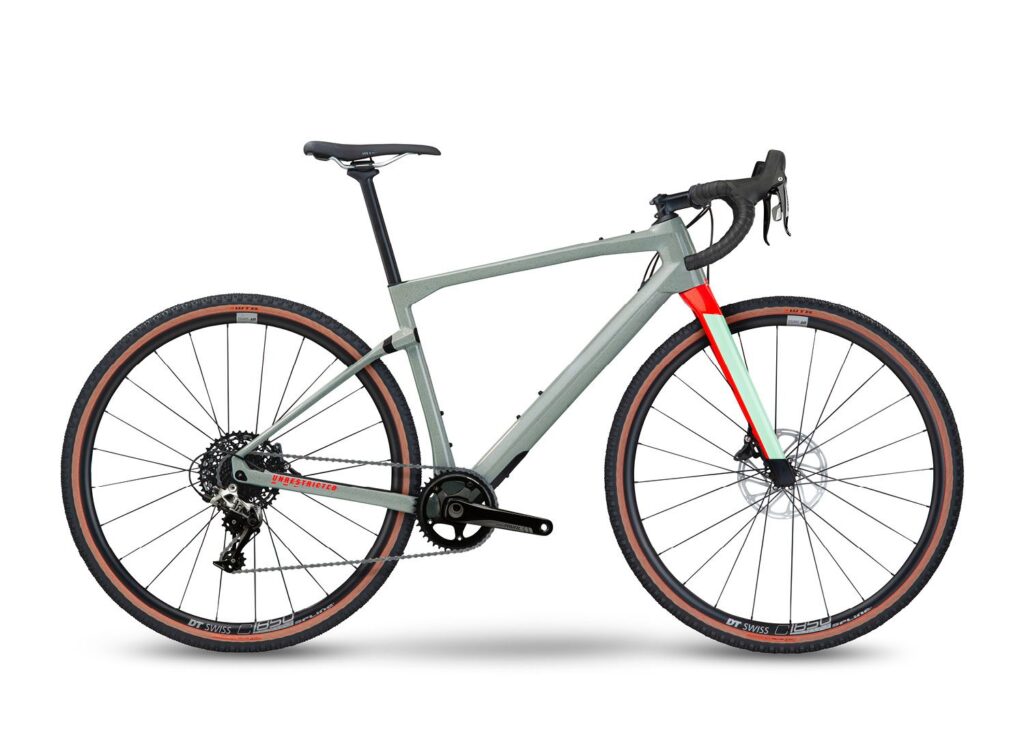
Durability Versus Performance
When selecting gravel bike tires, you’ll often face a trade-off between durability and performance. Heavier, more durable tires with thicker tread and puncture protection layers are excellent for rough, technical terrain where the risk of flats is higher. Lighter tires, while faster and more responsive, may be more prone to punctures and wear. Your choice should reflect your riding priorities: are you racing and seeking every performance advantage, or are you exploring and prioritizing reliability over speed?
Final Thoughts
Choosing the right gravel bike tires is a mix of science and art, requiring consideration of tire size, tread pattern, pressure, and durability-performance balance. It’s a decision that can affect not just how fast you ride, but how much you enjoy the ride. As you gain experience and spend more time on different terrains, you’ll develop a sense of what works best for your riding style and preferences. The most important goal is to enjoy the journey, and the right tires are key to unlocking the full potential of your gravel biking adventures.
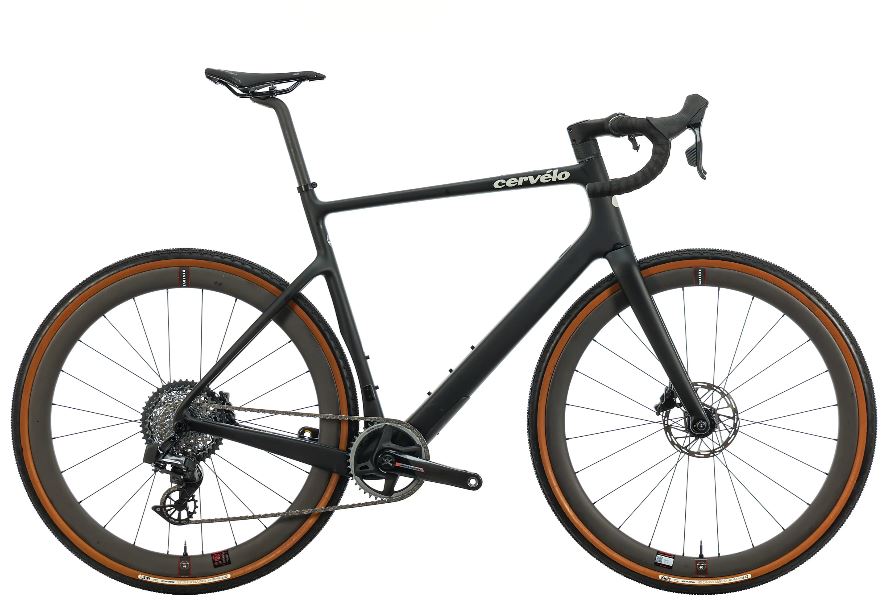
Two of the top gravel bikes that have garnered attention for their innovation, performance, and versatility are:
- BMC URS – This bike stands out with its innovative design, blending mountain bike inspiration with gravel-ready capabilities. It’s praised for its slack geometry, limited tire clearance for precision and agility on rowdy courses, and exceptional Campagnolo brakes, making it a top choice for adventurous gravel riders seeking performance and control.
- Rocky Mountain Solo – The Rocky Mountain Solo is recognized for its budget-friendly appeal without compromising quality. It boasts a versatile design that ensures a comfortable ride and impressive climbing ability, making it an excellent option for cyclists who prioritize value and versatility on diverse terrains.
Both of these bikes exemplify the cutting-edge design and technology that define the best in modern gravel cycling, offering riders a blend of comfort, performance, and versatility that’s hard to beat.
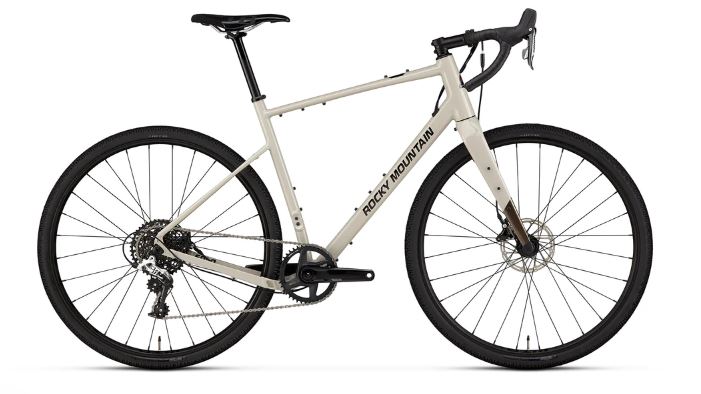
FAQ
What size tires are best for gravel bikes?
Tires around 35mm to 45mm are generally considered best for gravel bikes, offering a balance of comfort, traction, and efficiency.
Are 32mm tyres wide enough for gravel?
While on the narrow side, 32mm tires can be suitable for well-maintained gravel paths but may lack comfort and grip on rougher terrain.
Is 35c wide enough for gravel?
Yes, 35c tires are wide enough for most gravel riding, providing a good mix of speed and stability across varied surfaces.
Is 28mm wide enough for gravel?
28mm tires are generally considered too narrow for typical gravel riding, offering limited cushioning and traction on loose or uneven surfaces.
Happy trails!
John
